AI has moved from buzzword to business backbone—especially in marketing. It’s no longer about whether you should use AI. The real question is how to use it in a way that’s intentional, strategic, and brand-aligned.
Let’s start with strategy. The biggest mistake brands make is diving headfirst into AI without a clear objective. Chasing trends or adding tools just to appear “innovative” leads to wasted time. Before implementing any AI platform or plugin, ask the right questions: What problem am I solving? What workflow am I improving? What value does this add for my team or my customers? If there’s no strategic purpose, it’s not the right tool.
Next: create, don’t copy. Yes, AI can write blog posts, generate ad copy, and automate email flows. But relying on it too heavily can lead to generic, lifeless content. The best brands don’t use AI to replace creativity—they use it to enhance it. Think of AI as your co-creator, not your ghostwriter. Feed it strong inputs, give it direction, and edit with intention. It can help you move faster, but it still needs a human to move smarter.
AI’s true superpower lies in personalization. With the ability to analyze massive datasets in real time, AI can surface insights and deliver content that feels hyper-relevant to individuals. From predictive product recommendations to dynamic landing pages, AI enables one-to-one communication at scale. But to do this effectively, you need clean data, clear segmentation, and a deep understanding of your audience.
Then comes brand safety. AI is only as good as the data it’s trained on. If that data is biased, incomplete, or dated, the output can be misleading or even damaging. Marketers must carefully review AI-generated content and spot potential red flags. That means building internal guardrails, setting ethical standards, and involving real humans in the final approval process.
And finally: never sacrifice your brand voice. AI can imitate tone and syntax, but it doesn’t instinctively understand nuance, humor, or emotional timing. That’s why your AI tools should be trained on your content—your blog posts, your campaign copy, your customer support emails. Use your voice guidelines as prompts. Review outputs not just for clarity, but for character.
Done right, AI doesn’t replace creativity—it empowers it. It’s a tool, not a shortcut. A powerful accelerator that, when guided by strategy and filtered through a strong brand lens, can unlock new levels of efficiency, insight, and engagement.
